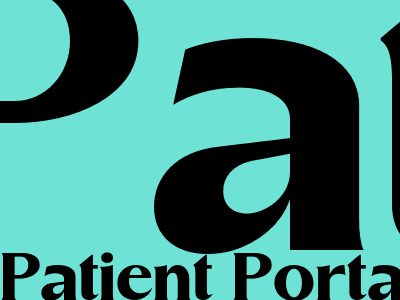Patient Portals: A Comprehensive Guide for Healthcare Providers
Introduction
Patient portals have become an increasingly indispensable tool in the healthcare industry, offering a range of benefits for both patients and providers.
This comprehensive guide will provide healthcare providers with an in-depth understanding of patient portals, their benefits, implementation considerations, and best practices for successful adoption.
Benefits of Patient Portals
Enhanced Patient Engagement
Patient portals empower patients by giving them secure and convenient access to their health information.
Through portals, patients can view test results, communicate with providers, and manage appointments, fostering a more active role in their healthcare.
Improved Communication and Collaboration
Patient portals facilitate seamless communication between providers and patients.
Secure messaging, appointment scheduling, and online consultations enhance collaboration, leading to better patient outcomes.
Increased Efficiency and Productivity
By automating tasks and reducing administrative burdens, patient portals streamline workflows for healthcare providers.
Automated appointment reminders, online payments, and prescription refills free up staff time for more patient-centered activities.
Implementation Considerations
Choosing a Patient Portal Vendor
Selecting a patient portal vendor requires careful evaluation of features, security, ease of use, and integration capabilities.
Consider the specific needs of your practice and patient population to make an informed decision.
Integration with Existing Systems
Effective patient portal implementation requires seamless integration with existing electronic health records (EHRs) and other practice management systems.
Ensure that the portal can exchange data securely and efficiently to avoid disruptions in patient care.
Staff Training and Adoption
Successful patient portal implementation relies on staff buy-in and proficiency.
Provide comprehensive training and support to ensure that staff are well-equipped to assist patients and maximize portal utilization.
Best Practices for Successful Adoption
Patient Education and Outreach
Promote patient portal adoption through clear communication and education about its benefits.
Offer onboarding assistance, provide resources, and address patient concerns to encourage portal usage.
Personalized Patient Experience
Tailor the patient portal to meet the unique needs of your patient population.
Offer customizable features, relevant health information, and targeted communication to enhance patient engagement.
Continuous Monitoring and Evaluation
Regularly monitor portal usage, patient feedback, and outcomes to identify areas for improvement.
Make data-driven adjustments to optimize portal functionality and maximize its impact on patient care.

Komentar